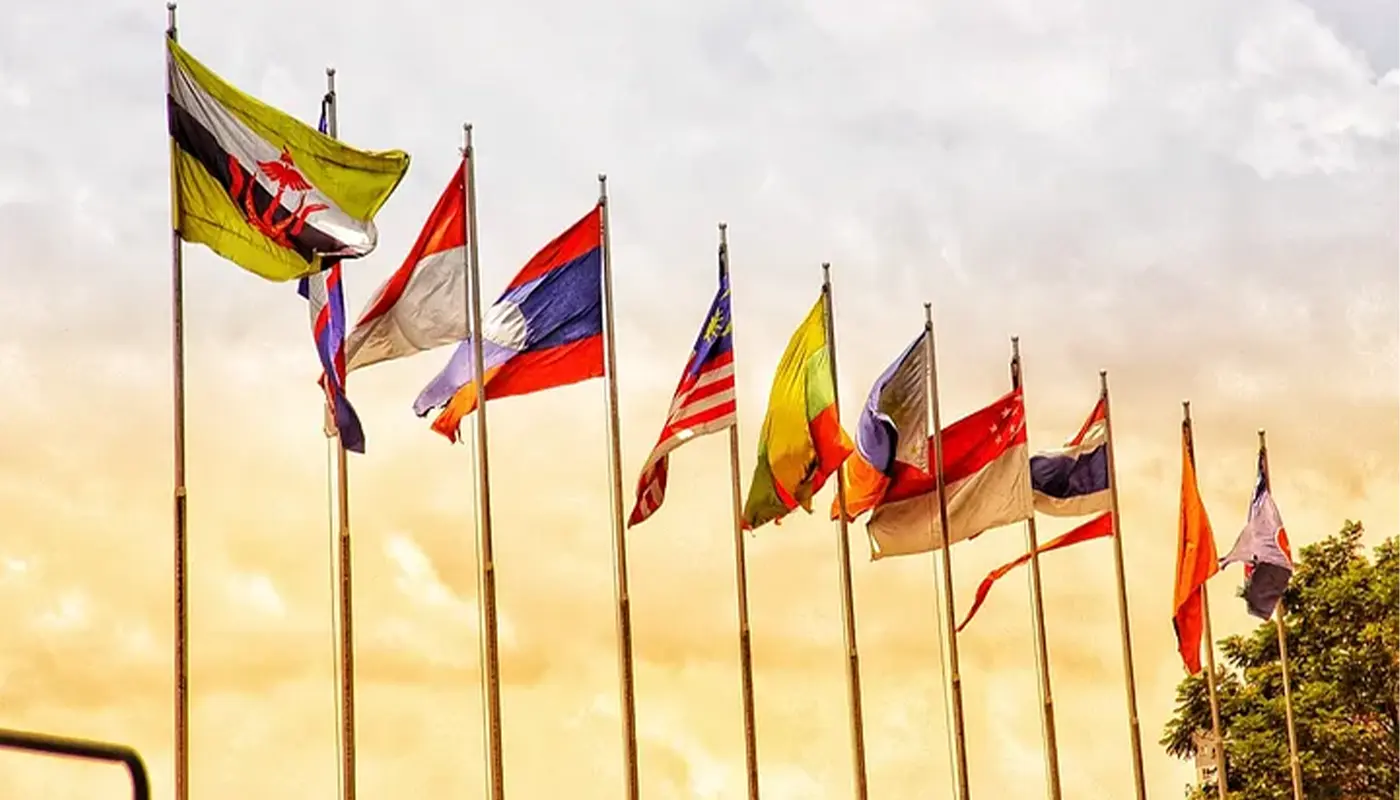KUALA LUMPUR / SINGAPORE, July 2025 — As the United States tightens enforcement on packages re‑routed through Southeast Asia to circumvent tariffs, Chinese companies operating in the region are being urged to deepen their ties with ASEAN economies and build genuine operative presence, rather than relying on transshipment hubs, analysts and regional trade officials say.
Rising Pressure on Transshipment Practices
Following President Donald Trump’s announcement of punitive “reciprocal tariffs”, ASEAN nations such as Thailand, Cambodia, Indonesia, Malaysia, Laos, Myanmar, and Vietnam are facing duties between 25‑40% depending on alleged transshipment activities. Vietnam negotiated a preferential 20% tariff, though Chinese goods routed through it still risk a 40% levy.
The U.S. has made origin-based rules its enforcement priority, pressuring logistics players in ASEAN to provide rigorous documentation. Under new liability rules, freight forwarders can face penalties under the U.S. False Claims Act for routing goods in ways deemed evasive.
ASEAN Compliance & Supply‑Chain Pivot
In response, ASEAN customs authorities and firms are overhauling compliance procedures. Vietnam has adopted Decree 73/2025 to enforce strict proof of origin regimes. Thailand and Malaysia are investing in blockchain-based tracking, AI-powered tariff classification, and coordinating with the U.S. and World Customs Organization on origin verification best practices.
China‑ASEAN integration under the upgraded CAFTA 3.0 trade accord, signed in late 2024, aims to support this shift—promoting rules‑aligned regional supply chains across digital, green economy, and standards harmonisation.
Chinese Firms Encouraged to Move Beyond Routing
Experts argue Chinese companies must transition from merely routing goods through ASEAN, to setting up manufacturing and value-added operations in the region. China invested over US$25 billion in ASEAN in 2023, with fast growth in sectors like EVs, renewable energy, and semiconductors. ASEAN is now China’s largest trade partner, with bilateral trade reaching ¥1.71 trillion (US$234 billion) in Q1 2025.
This push aligns with ASEAN’s broader strategy to reinforce intra‑regional integration, boost trade within the bloc via the updated ATIGA, and reduce dependence on U.S. and Chinese markets as sources of disruption.
Why It Matters
| Aspect | Implication |
|---|---|
| Trade Integrity | U.S. enforcement of origin rules puts legal pressure on logistics channels and Chinese exporters. |
| Supply‑Chain Strategy | Firms must localise operations to comply and remain viable amid tariff risks. |
| ASEAN Growth | Deepening investment boosts ASEAN industrialisation and reduces regional trade fragility. |
| Geopolitical Shift | The pivot strengthens China‑ASEAN ties as ASEAN navigates between U.S. pressure and Chinese investment. |

